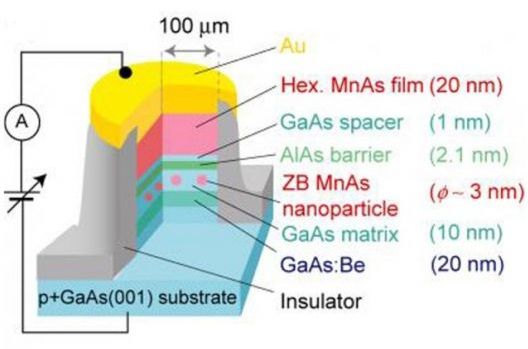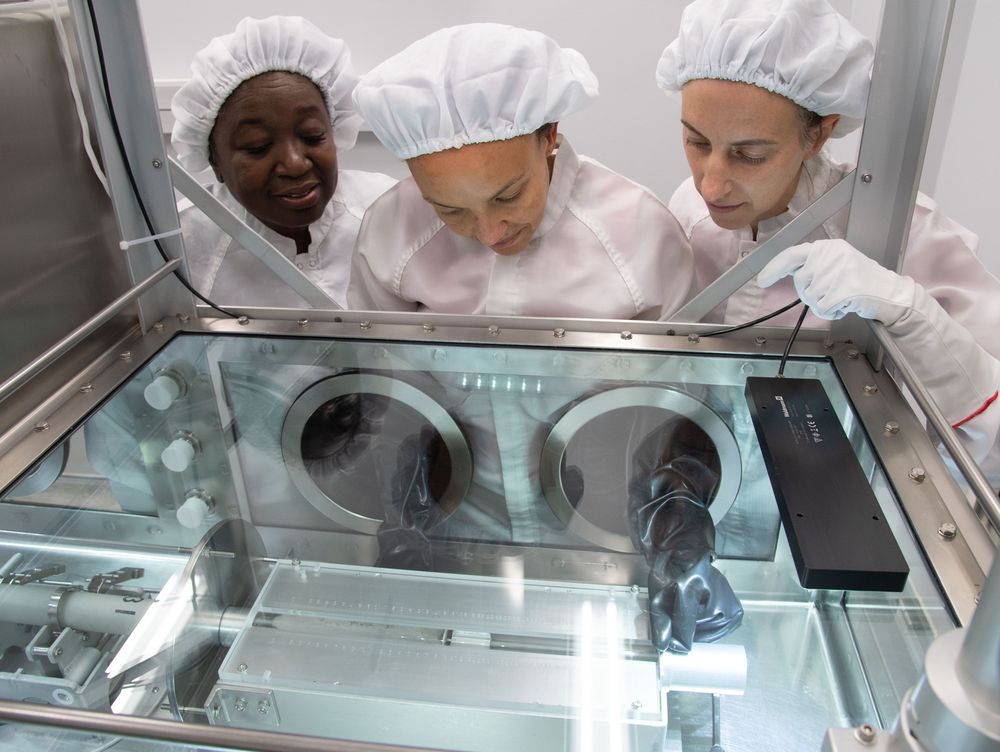Our brain has 86 billion neurons connected by 3 million kilometers of nerve fibers and The Human Brain Project is mapping it all. One of the key applications is neuromorphic computing — computers inspired by brain architecture that may one day be able to learn as we do.
#BloombergGiantLeap #Science #Technology
——-
Like this video? Subscribe to Bloomberg on YouTube: https://www.youtube.com/Bloomberg?sub_confirmation=1
Bloomberg is the First Word in business news, delivering breaking news & analysis, up-to-the-minute market data, features, profiles and more: http://www.bloomberg.com
Connect with us on…
Twitter: https://twitter.com/business
Facebook: /redirect?v=Za21GOxVh18&redir_token=wTy_d5doeYpkktaDTR-C5Z5-KKB8MTU3MzIwMDIwMUAxNTczMTEzODAx&q=https%3A%2F%2Fwww.facebook.com%2Fbloombergbusiness&event=video_description
Instagram: /redirect?v=Za21GOxVh18&redir_token=wTy_d5doeYpkktaDTR-C5Z5-KKB8MTU3MzIwMDIwMUAxNTczMTEzODAx&q=https%3A%2F%2Fwww.instagram.com%2Fbloombergbusiness%2F&event=video_description
Twitter: https://twitter.com/business
Facebook: https://www.facebook.com/bloombergbusiness
Instagram: https://www.instagram.com/bloombergbusiness/








